Digital service design needs to be more humane than ever before. And we are prepared to support this shift.
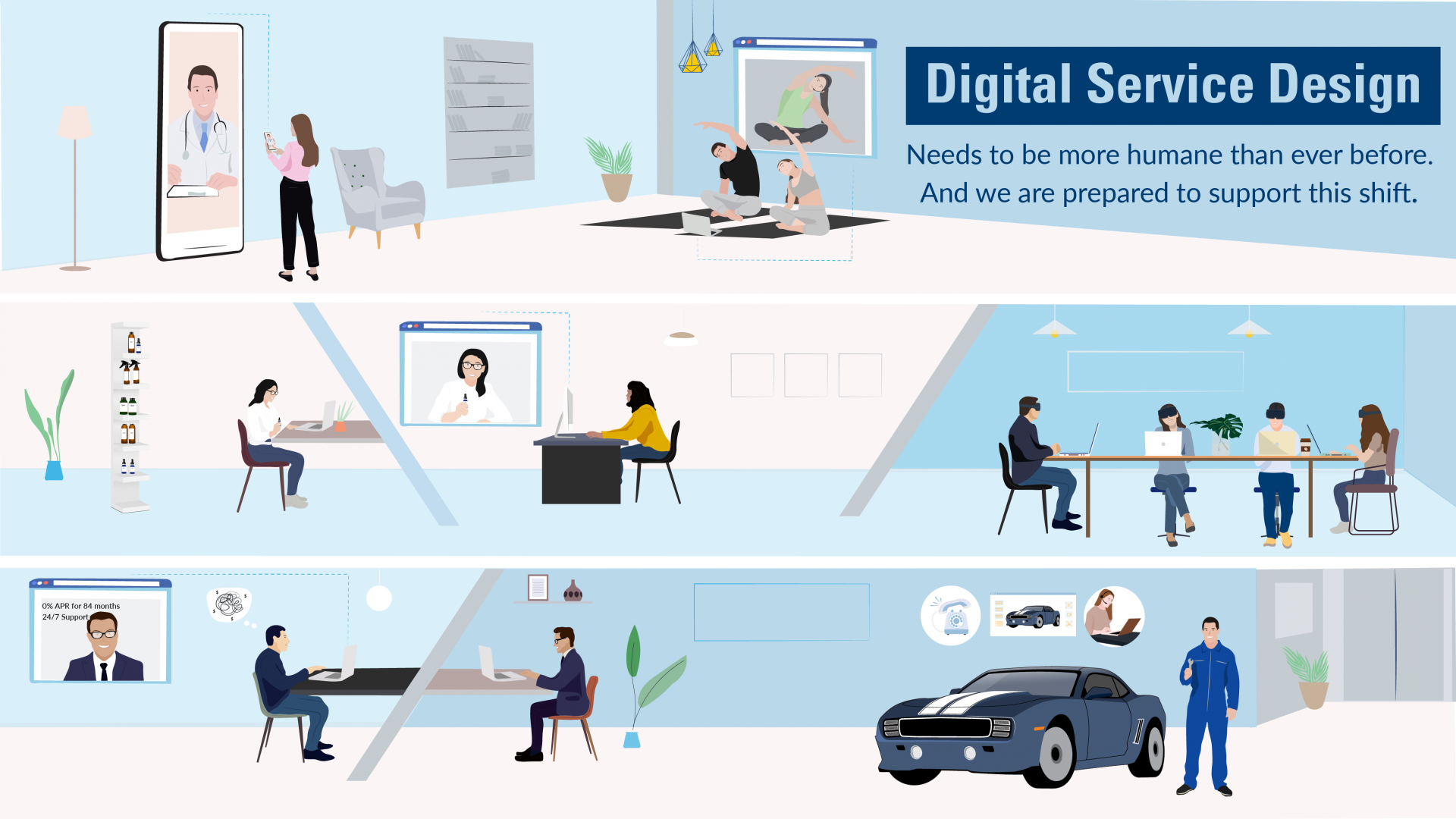
In “the new normal” we will have more and more services that are delivered digitally. The ones that will succeed in the long term, will be designed with human needs and feelings in focus. Now companies need to practice empathy, together with resilience and adaptability to protect their businesses in the short term and pivot in the long term. Service Design can help with these challenges.
Even when interactions move to digital spaces, digital service design is still about people.
Digital service design is known as design of services that are largely supported by digital technologies. The truth is that service design is never only digital – it is about people, even when they interact or have services delivered digitally. Services create experiences. Service design defines how well these experiences address our needs and emotions.
In the past weeks, we at HYVE have been learning how much technology has been helping people through the crisis. At the same time we saw how tremendously important human empathy and connectedness are. The future will be evolving around the powerful union of both – innovative digital technologies with human focus.
Organizations that practice human centricity will get out of the crisis stronger than before.
Affected by the pandemic, organizations are living the reality where resilience, adaptability, and empathy are determining the future. Naturally, in the short term organizations are reacting to the crisis and protecting their current business. In the long-term they will have to reinvent their business to be successful. Uncertainty and change have always been complex – decisions about company transformations have been associated with high risks and need of thorough preparations. Now the companies need to react fast and take the right direction.
We believe that businesses that understand the importance of human focus and proactively show it, will learn to support their customers, suppliers, partners, and employees during the difficult times of uncertainty. These human-centric practices will establish even stronger relationships and a solid base for the pivot needed to succeed in the “new normal” – which is going to be powered by digital services.
We at HYVE believe that digital service design has the power to contribute to both: immediate protection of the current business, as well as exploration and pivot aimed at long-term success.
Verena Sperlich, Senior Innovation Manager
(Digital) service design can help organizations stay resilient during the times of uncertainty, and later excel in the “new normal”.
Digital service design is aimed at delivering meaningful experiences across physical and digital touchpoints, with a stronger focus on the digital side of the service. Moreover, being integrative and human-centric, service design is balancing the needs of users and the needs of organizations.
Already now organizations can start applying service design to address immediate challenges and protect their businesses:
- Firstly, organizations can analyze the current state of the customer experience and internal operations, that are needed to provide this experience.
- Secondly, they can launch quick measures to adapt their business to the new reality. For example, it could be either adjusted ways of delivering a service to customers, or enablement of employees that deliver this service. Sometimes even small changes make a big difference.
In all areas of life, we are seeing numerous examples of big and small businesses doing flash-reinvention around the world:
Remote work is the way
Businesses have been sending employees home to ensure social distancing and they are embracing remote work thanks to the implementation of digital services. Zoom and Miro have quickly become the favorites of many (ours too!). Some companies are going even further and trying to mimic the office life exploiting the potential of VR.
- Sococo allows meeting colleagues in a virtual office and starting a call with them by moving your avatar to their room.
- Glue.work & Spatial.io enable coworkers to work together in a virtual room thanks to VR goggles.

The rise of e-health
These unprecedented times have provided healthcare professionals the needed push to establish their services digitally. Here are some digital services that gave people the chance to take care of their health staying indoors.
- Doctolib: the French company has updated its consultation management software for health professionals to optimize patient flow and ensure safety during the COVID-19 pandemic; it also allows patients to seamlessly book appointments online and it provides video consultations. The platform has implemented pop-ups that remind patients with suspect symptoms to use the video consultation feature or call their doctor – with no added fee during the crisis.
- Better Help & HelloBetter: mental health professionals have moved to digital services to keep in touch with their patients. Especially in times like these, it is important to prevent mental health from falling behind in the list of priorities.
- The ministry of Health on Telegram: the Ministries of Health of 18 countries worldwide have created Telegram channels to get in touch with all Telegram users and communicate important and useful information about the Coronavirus pandemic. This system avoids the spread of unreliable news and the use of emoji in the text of the messages makes the interaction between institutions and users feel more natural.
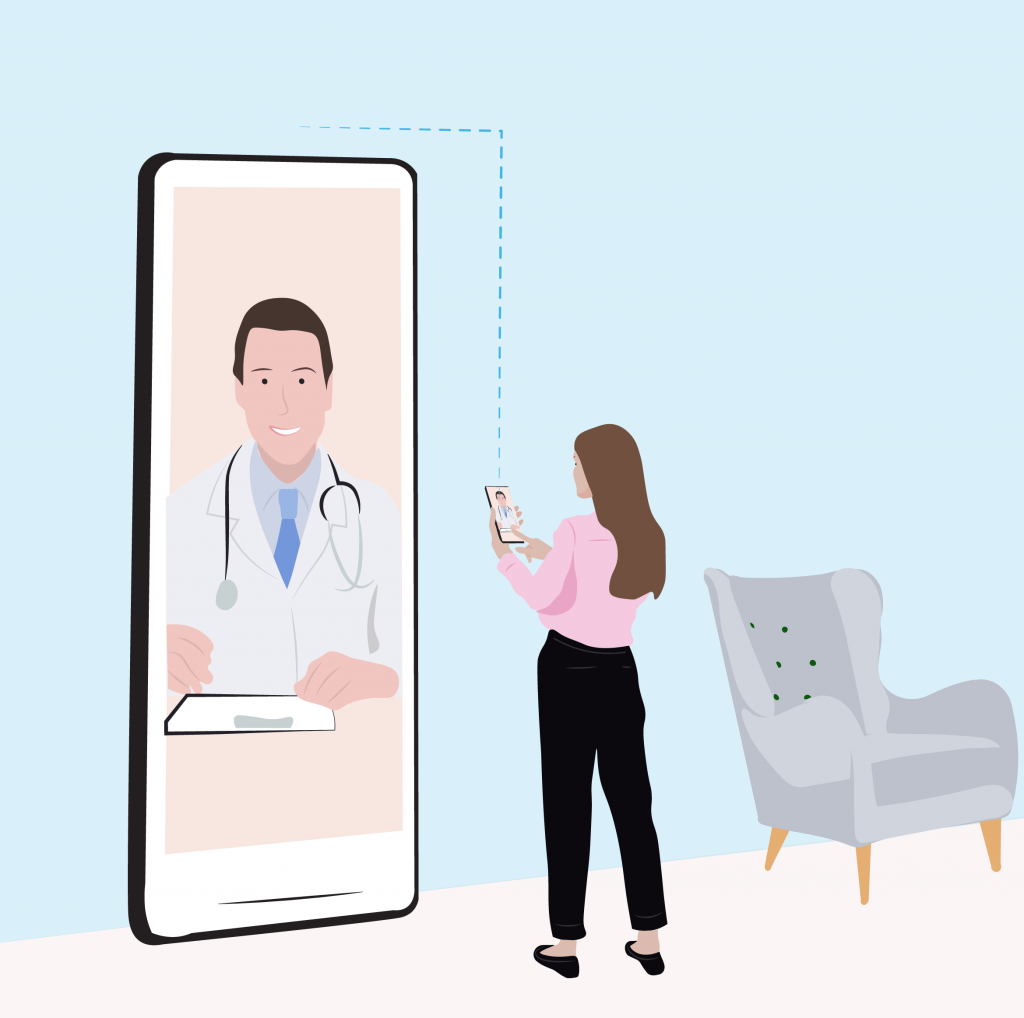
Education changes minds
Schools and universities are reinventing teaching thanks to digital tools, fostering learning and inclusion. Also, proms and graduations have been hosted online.
However, the most positive result is the change in mindset that this shift has brought us. Not only the perception of attending online schools and universities has changed, normalizing the experience and removing the stigma attached to it; but it also allowed a radical transformation, that without social distancing would have taken place in over more than 10 years.
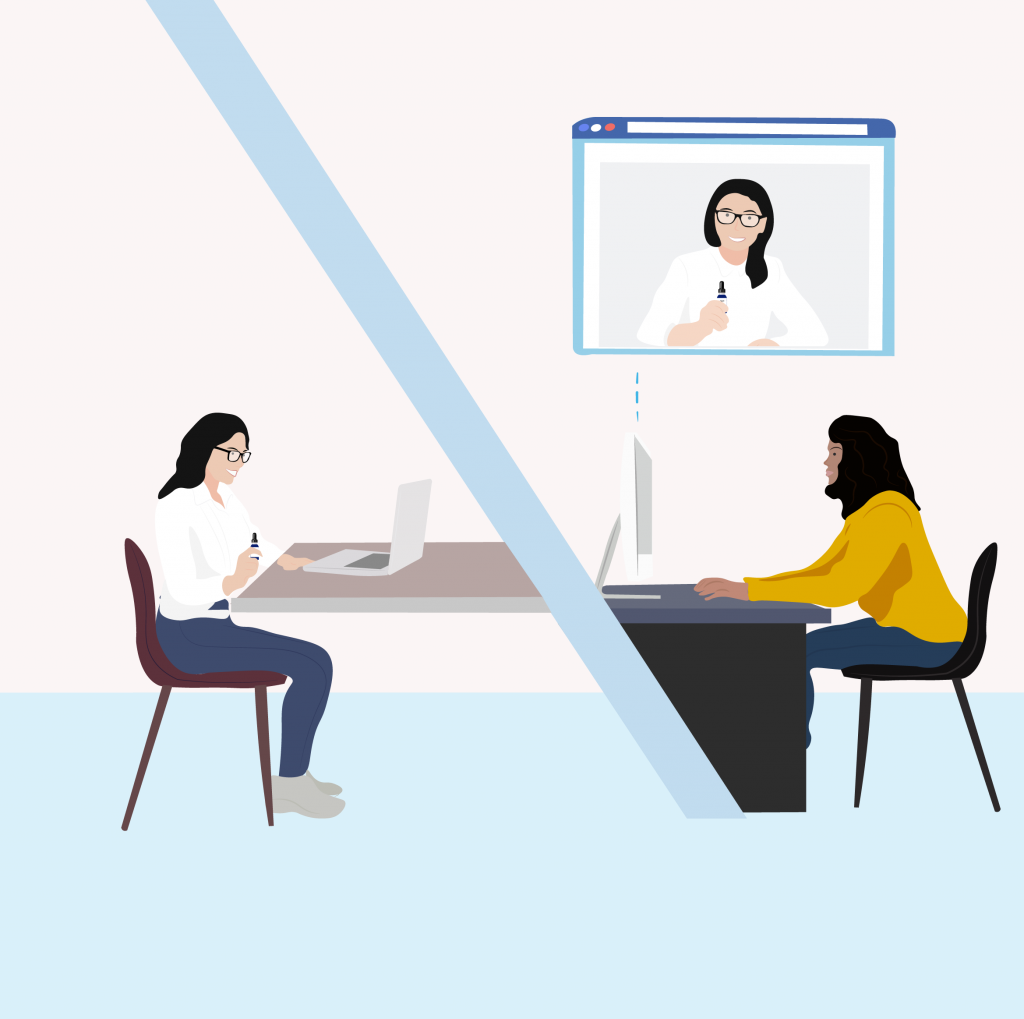
Fitness is up for the challenge
Gym and fitness studios have been able to move their activities on the digital world swiftly, streaming their courses online for users to benefit from them even at home. There are no more excuses not to hit the gym now and endless possibilities out there to make fitness fun at home.
- ClassPass, a subscription service that partners with local boutique fitness classes, launched live workouts: more than 500 studios have added live, bookable classes to the platform and 100% of livestream proceeds go directly to the studios. The company is also encouraging users to donate directly to their favorite studios through the ClassPass app, and the company is matching $1 million in donations.
- Thoughtful trainers have also crafted the perfectly silent home workout in order to not disturb neighbours while exercising (e.g. Whitney Simmons on Instagram).
- Obé, the online-only fitness platform, has partnered with KidzBop to release content for kids, offering relief to parents working from home.
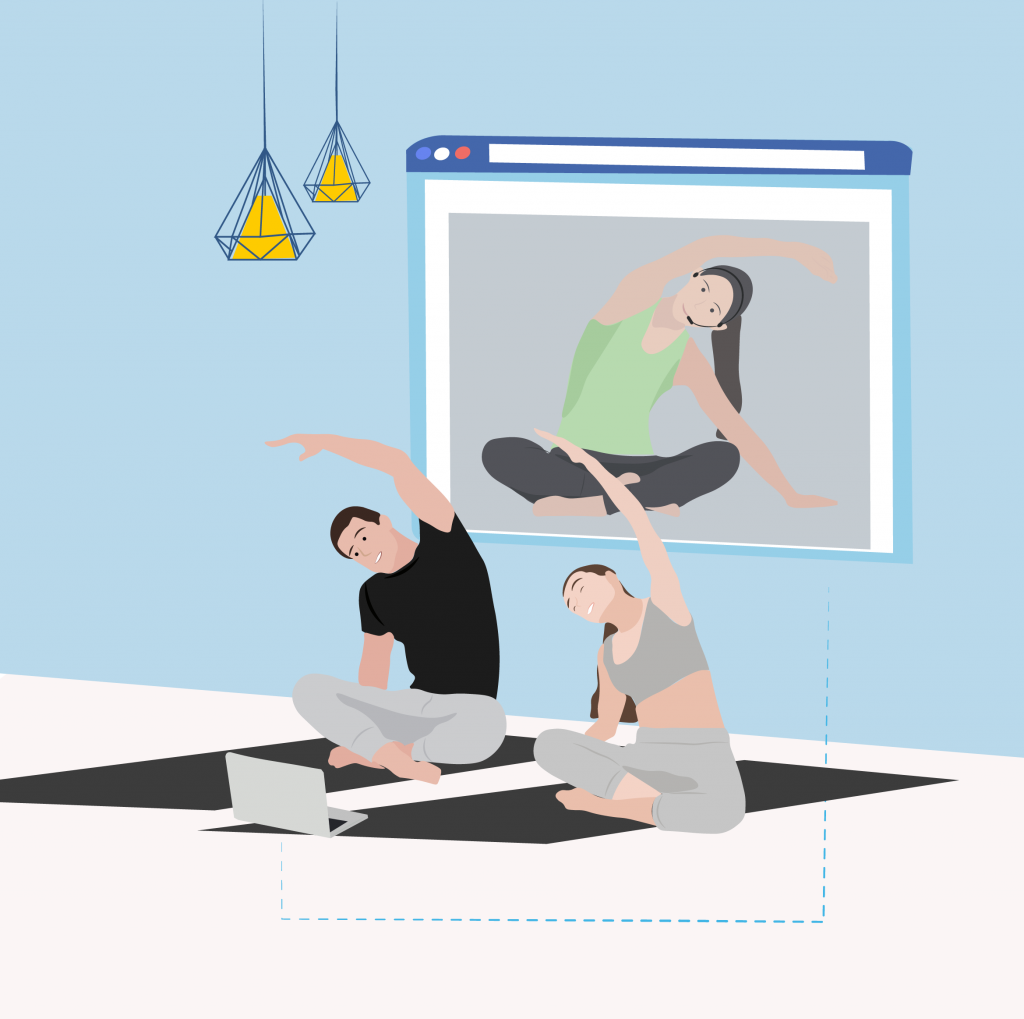
When the going gets tough, the tough get going
It is refreshing to see that even industries that have been hit greatly and are suffering from massive losses due to the COVID-19 pandemic, have still found ways to connect and focus on empathy, for both users and employees
- Deciem and Kiehl’s, renowned cosmetic companies, have moved in-person consultations into digital spaces, allowing their employees to still perform their job and offering expert advice to users in the comfort of their home.
- General Motors not only quickly reinvented their financing model to help their customers but also provided ways to keep them connected. The automaker activated OnStar for current vehicle owners, even if they haven’t opted into the service, guaranteeing access 24/7 to advisors that provide help in emergency situations and routing assistance to hospitals or clinics. But GM went the extra mile by offering all current owners complimentary WI-FI data for 3 months free of any charge, in the effort to keep them connected with their family and loved ones.

Looking ahead, the service design approach can help many companies with a successful pivot.
Service design can uncover deep insights about customer experience and identify opportunities beyond the traditional offering. And we believe this is the right approach because…
…applying service design helps organizations to shape the culture of human-centricity – it takes time, but it is worth the effort in the long run. The future will be led by companies offering human-centric digital services. Thus, practicing service design makes organizations future-proof.
…service design takes a holistic perspective on your customers’ experience as well as the operations of your organization. It helps to identify opportunities for new business models and it can also support the shift from product-oriented to service-oriented business models.
The service design process has been moving to the virtual space to help teams create innovations – in the same collaborative, iterative and human-centric way!
Social distancing impacts our habits of working together – how can we remain human-centric, collaborative, and iterative during the times of contact closure and travel bans? New ways of working are here to stay, and we have been experimenting with the perfect tools to foster innovation in the digital space and create digital services that embrace human needs and emotions.
Our service design process is geared to create human-centric digitally-powered services. Every step can be done remotely – thanks to our Digital Innovation Toolbox as well as other tools, that can support service design process.
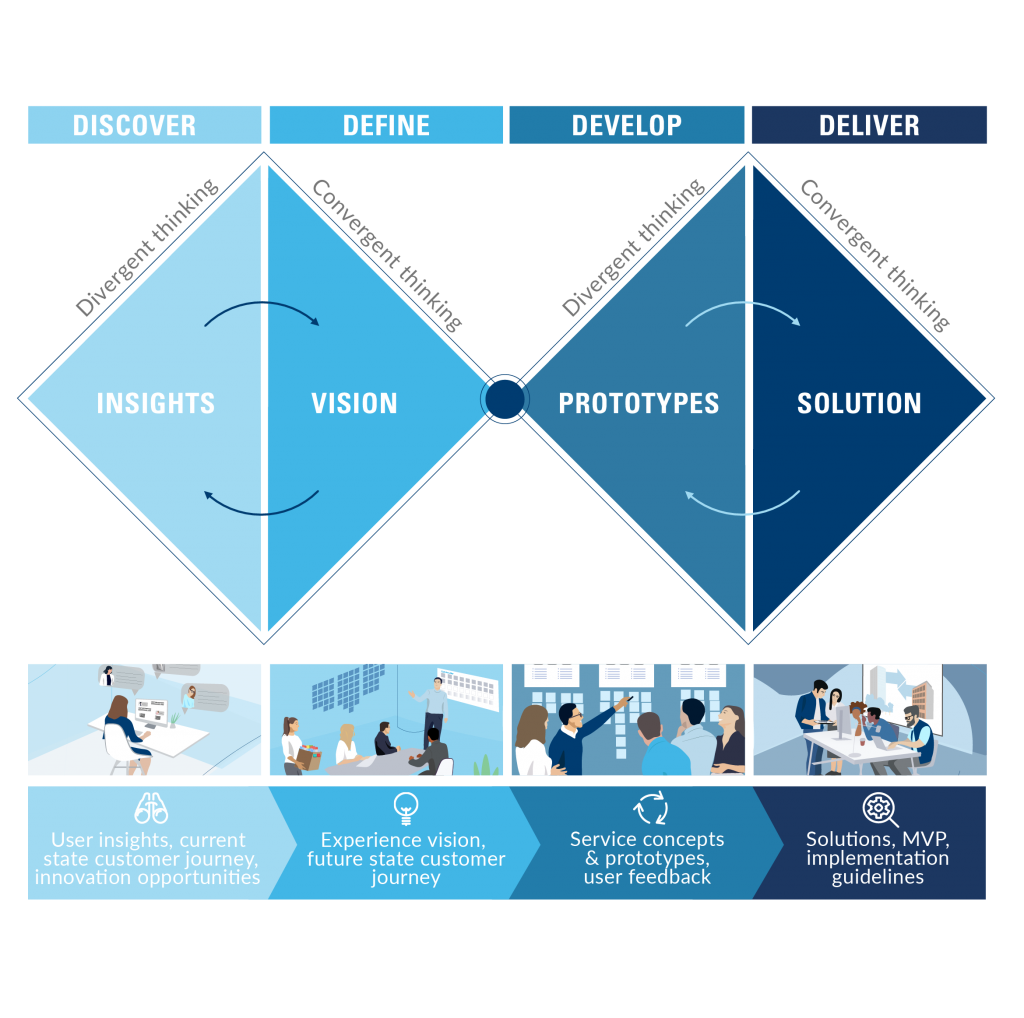
Phase 1: Discover
Understand the needs of users and organization. Map the service ecosystem, current-state user experience and service blueprint. Explore opportunity areas.
Phase 2: Define
Select and specify core opportunity areas, define a vision for holistic user experience.
Phase 3: Design & develop iteratively
Map future-state user experience and service blueprint, test ideas with users. Build and test prototypes. Zoom in and out between the specific touchpoints and the overview of the whole experience, refine the solution iteratively.
Phase 4: Deliver
Run a pilot and plan service roll-out. Scale service design competence & mindset within the organization.
Moving to digital environments brings new challenges to the table, but with Service Design we are ready to face them. We are dedicated to support our clients by creating digital services, that carry the human touch and address the ever-growing need for empathy, connectedness and care about each other.
Would you like to learn more about Service Design?

Practice Lead Service Design

Senior Service Designer

Senior Innovation Consultant

